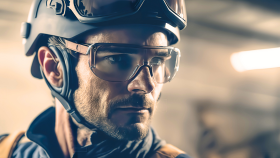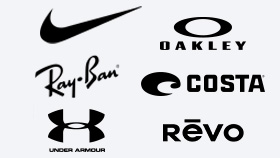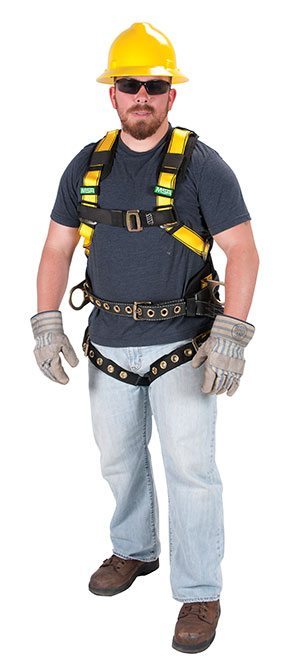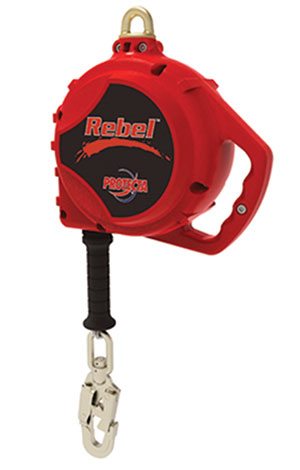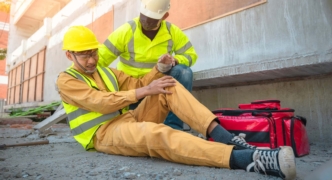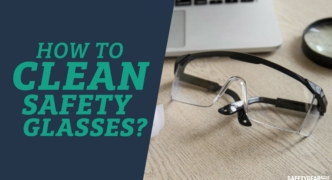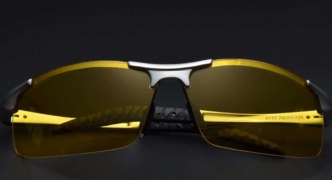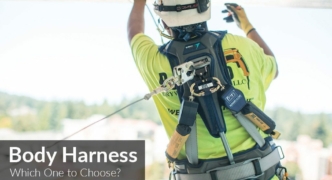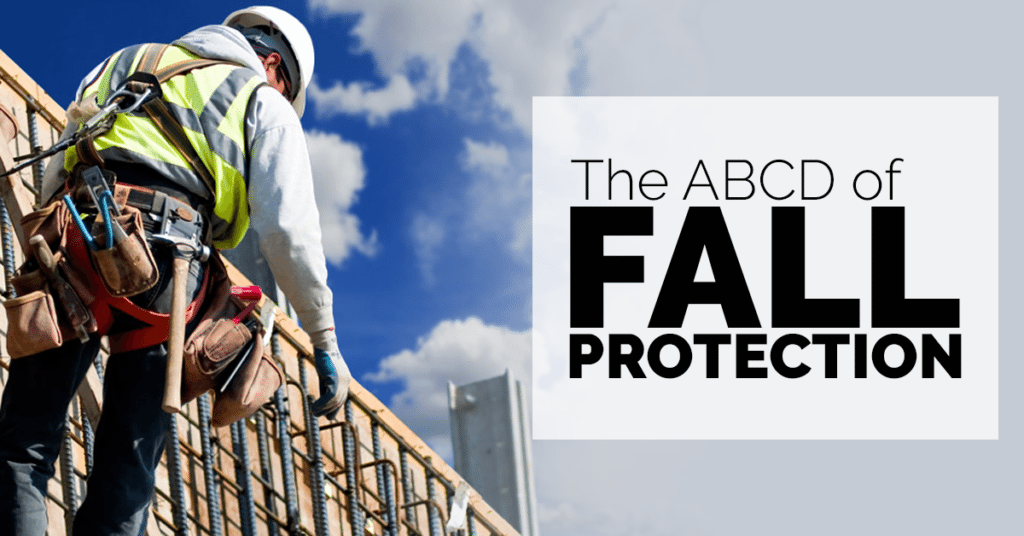
Fall protection is crucial when it comes to personal safety. Your body harness allows you to work safely on-site and give you the confidence and comfort you need to focus on the task at hand. However, it is only one part of a Personal Fall Arrest System (PFAS). OSHA recommends using a PFAS for the construction workers who face the risk of vertical drops of at least 6 feet.
A PFAS includes four components (commonly known as the ABCDs of fall protection): anchorage, body support, connecting devices and descent/ rescue. Here is what you need to know about them.
Anchors
Anchors, the connecting points of an attachment are also used to support loads and provide fall protection. The type of anchors to use would depend upon the type of industry and installation, the job requirements, and the available structure. There are two forms of an anchor device:
- Improvised, off the shelf solutions: These devices should be rated at, at least 5,000 lbs. per employee.
- Certified and engineered solutions: These devices must have a safety factor of 2 (rated at twice the applied load).
Fall Protection: Body Support
This component includes a full body harness. The harnesses provide a safety factor that are able to distribute the load over the entire body without constricting any major arteries. The chest, shoulders, thighs and pelvis take the load equally. A body support also includes a connecting point often referred to as the dorsal D-Ring, attached to the connecting device.
Connecting Devices
The main purpose of a connecting device is to connect the body support to the anchor point. This component includes self-retracting lifelines (SRLs) and shock-absorbing lanyards. If a worker falls from a certain height, the braking mechanism of the self-retracting lifeline engages and reduces the fall-distance.
Descent/ Rescue
In fall protection systems, many experts only talk about the ABCs—the aforementioned points. However, there is another feature which is just as important as the rest: descent and rescue of the fallen worker. Many people think that the best option here is to call 911 and let the experts handle it. However, being well-versed with the tools and the training needed to rescue a worker, or themselves, as the case may be is necessary for the workers. The tools and training for a safe descent is the last, but the most important step of fall protection.
